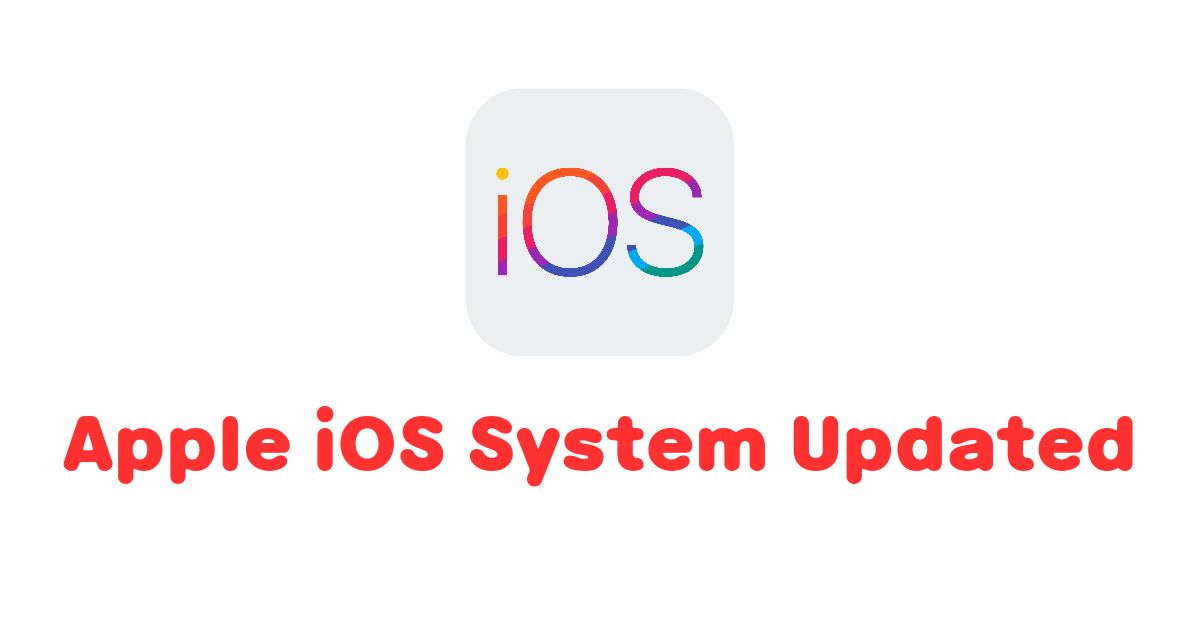
Apple’s iOS is a highly acclaimed operating system that powers millions of iPhones, iPads, and iPod Touch devices worldwide. Known for its seamless user experience, security features, and robust performance, iOS has become a cornerstone of Apple’s ecosystem. In this blog, we will delve into the details of the Apple iOS system, exploring its features, architecture, and the key elements that make it one of the most popular mobile operating systems globally.
What is iOS?
iOS is Apple’s mobile operating system designed exclusively for their mobile devices, including the iPhone, iPad, and iPod Touch. Initially introduced in 2007 alongside the first-generation iPhone, iOS has since undergone significant advancements, leading to the evolution of various versions with new features and improvements.
Key Features of iOS:
1. Intuitive User Interface:
iOS boasts a sleek and intuitive user interface, characterized by smooth animations and easy navigation. The home screen, featuring app icons, provides quick access to various applications.
2. App Store:
The App Store is a vast marketplace that offers millions of apps and games, both free and paid, covering various categories such as productivity, entertainment, education, and more.
3. Security and Privacy:
Apple places a strong emphasis on security and privacy, making iOS one of the most secure mobile operating systems available. Regular updates and stringent app review processes ensure the protection of user data.
4. Siri – Apple’s Virtual Assistant:
Siri, Apple’s voice-activated virtual assistant, allows users to perform various tasks hands-free, including setting reminders, sending messages, making calls, and obtaining information.
5. iCloud Integration:
iOS seamlessly integrates with Apple’s cloud-based storage service, iCloud, providing users with automatic backup, file synchronization, and seamless access to their content across devices.
iOS Architecture:
1. Kernel:
At the core of iOS is the XNU kernel, which is based on a hybrid kernel architecture. It manages low-level tasks such as memory management, file system handling, and hardware communication.
2. Libraries:
iOS includes a set of libraries that developers can use to access various system functions, such as graphics rendering, network communication, and user interface elements.
3. Cocoa Touch Framework:
The Cocoa Touch framework provides the building blocks for creating iOS applications. It includes user interface components, touch handling, and various essential services like camera access, location services, and more.
4. App Frameworks:
iOS supports a range of app frameworks like UIKit for building user interfaces, Core Data for data management, Core Animation for smooth animations, and Core Location for location-based services.
5. Developer Tools:
Apple provides Xcode, an integrated development environment (IDE), for creating iOS applications. Xcode includes a suite of tools, simulators, and debugging utilities for developers.
iOS Versions:
Apple regularly releases new versions of iOS, each introducing new features, enhancements, and security updates. Major iOS versions are usually announced during Apple’s Worldwide Developers Conference (WWDC) and released to the public in the fall. Examples of iOS versions include iOS 14, iOS 15, and so on.
Conclusion:
Apple’s iOS system stands as a symbol of innovation, security, and user-friendly design. With its intuitive interface, powerful features, and robust performance, iOS continues to set new standards in the mobile operating system arena. From seamless integration with other Apple devices to its ever-evolving ecosystem of apps and services, iOS offers a truly immersive and cohesive user experience. As iOS continues to evolve with each new version, users can look forward to even more exciting features and enhancements that further enrich their digital lives.